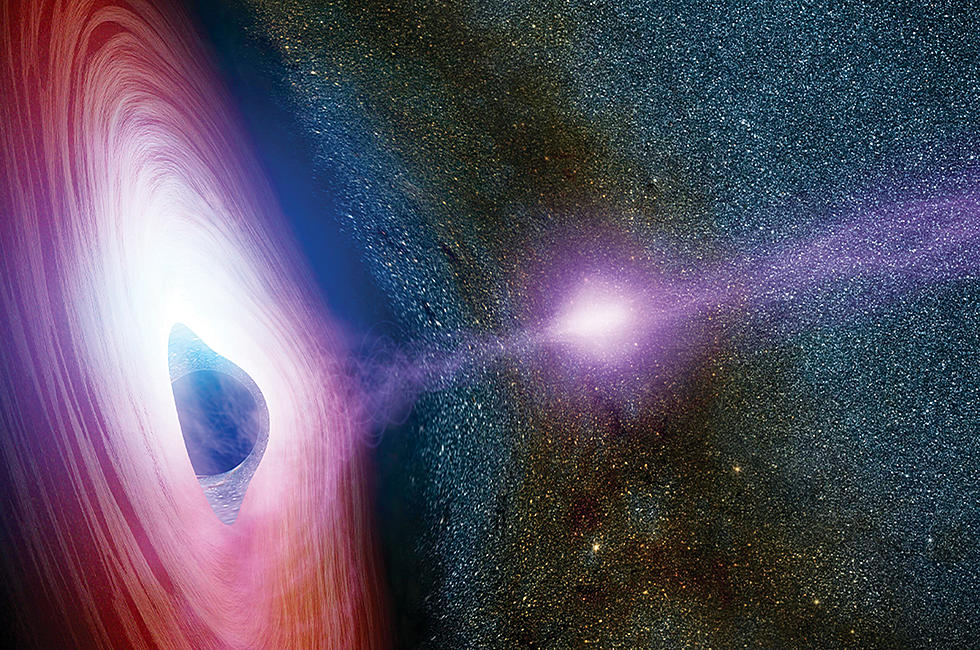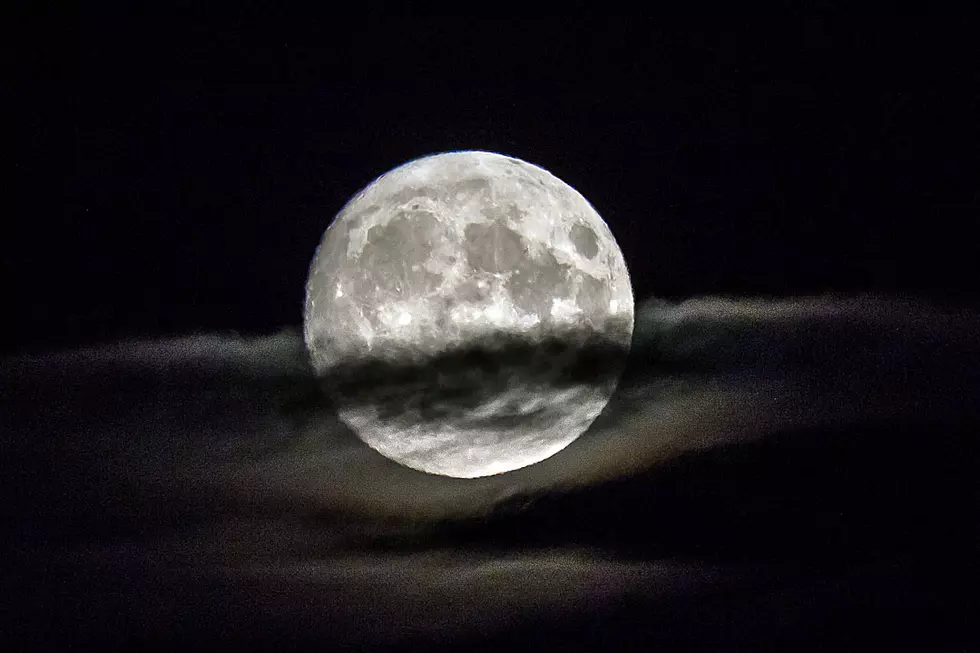
MSU Astrophysicists Study Mystery Star
Far away in the universe - 800 million light years, to be exact -a black hole collided with a huge mystery object. Gravity waves from that collision reached Earth in August of last year. The Montana State University eXtreme Gravity Institute is among the group of astrophysicists attempting to understand what happened. In a news release, MSU Regents Professor Neil Cornish said, "This mystery object is either the smallest black hole ever discovered or the most massive neutron star ever discovered."
The news release, written by Rachel Hergett of the MSU News Service, described the August, 2019, detection as having "far-reaching implications" in the study of block holes and neutron stars. When large stars die, they often collapse into black holes, where gravity is so strong, light can not escape. Sometimes they leave behind dense neutron stars, which are much smaller than black holes. This particular object is about two-and-a-half times bigger than our Sun; but the black hole is 9 times larger than the mystery object. The gravity waves that surged out were strong enough to be detected by the National Science Foundation's Laser Interferometer Gravitational-Wave Observatory (LIGO) and Europe's Virgo detector. Cornish has been very involved with gravity wave studies. In fact, he and MSU student Tyson Littenberg developed a method to obtain the wave information from the LIGO/Virgo instruments. Cornish and his team at the Bozeman campus are at the forefront of gravity wave studies. The full story is at the MSU News Service site.
MORE: See absolutely chilling photos of empty public spaces worldwide
More From Alt 95.7









